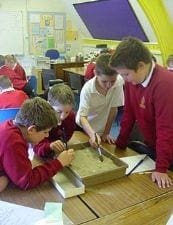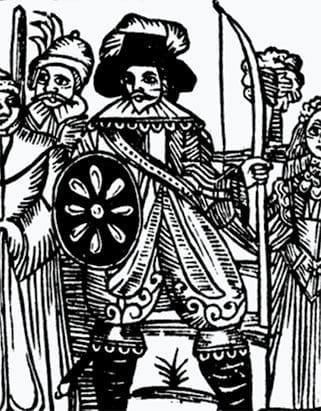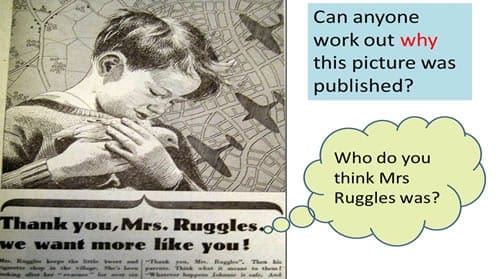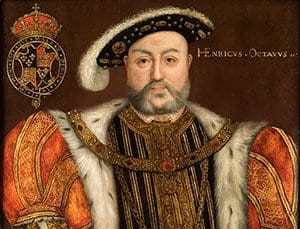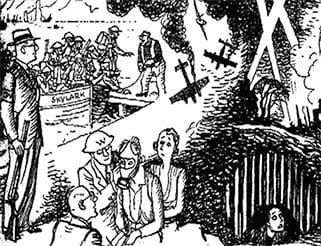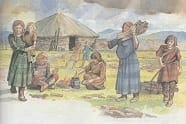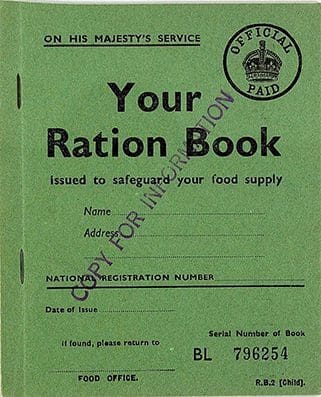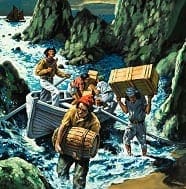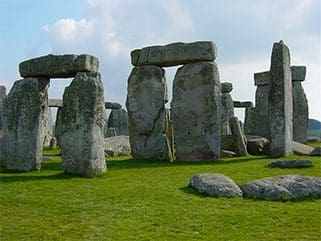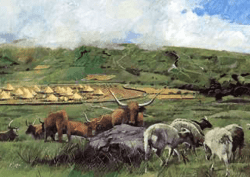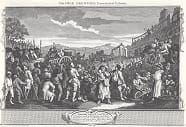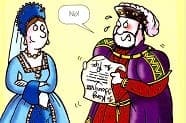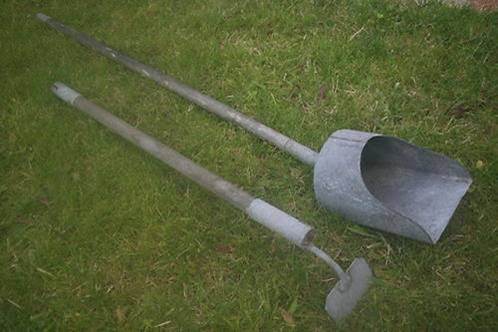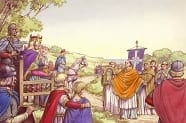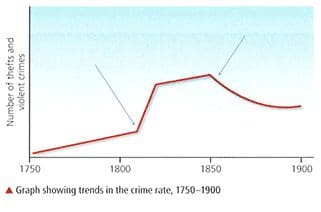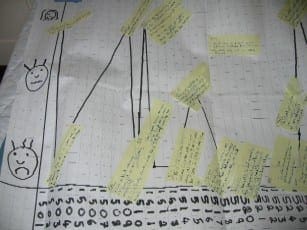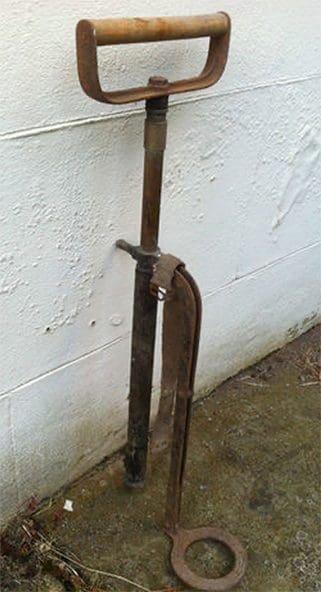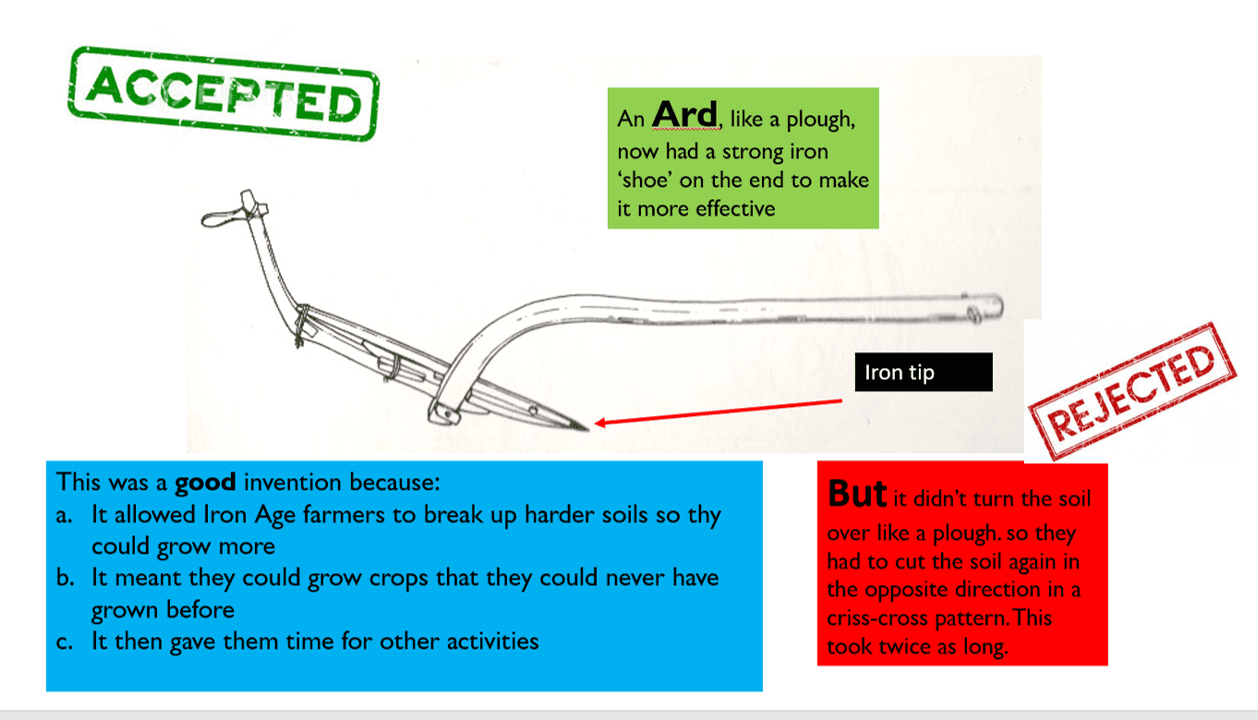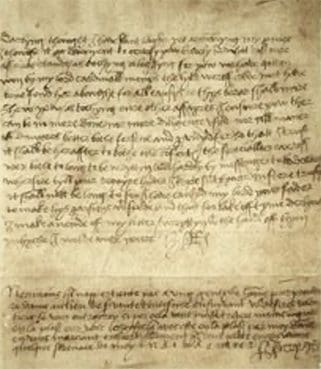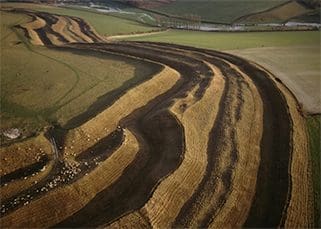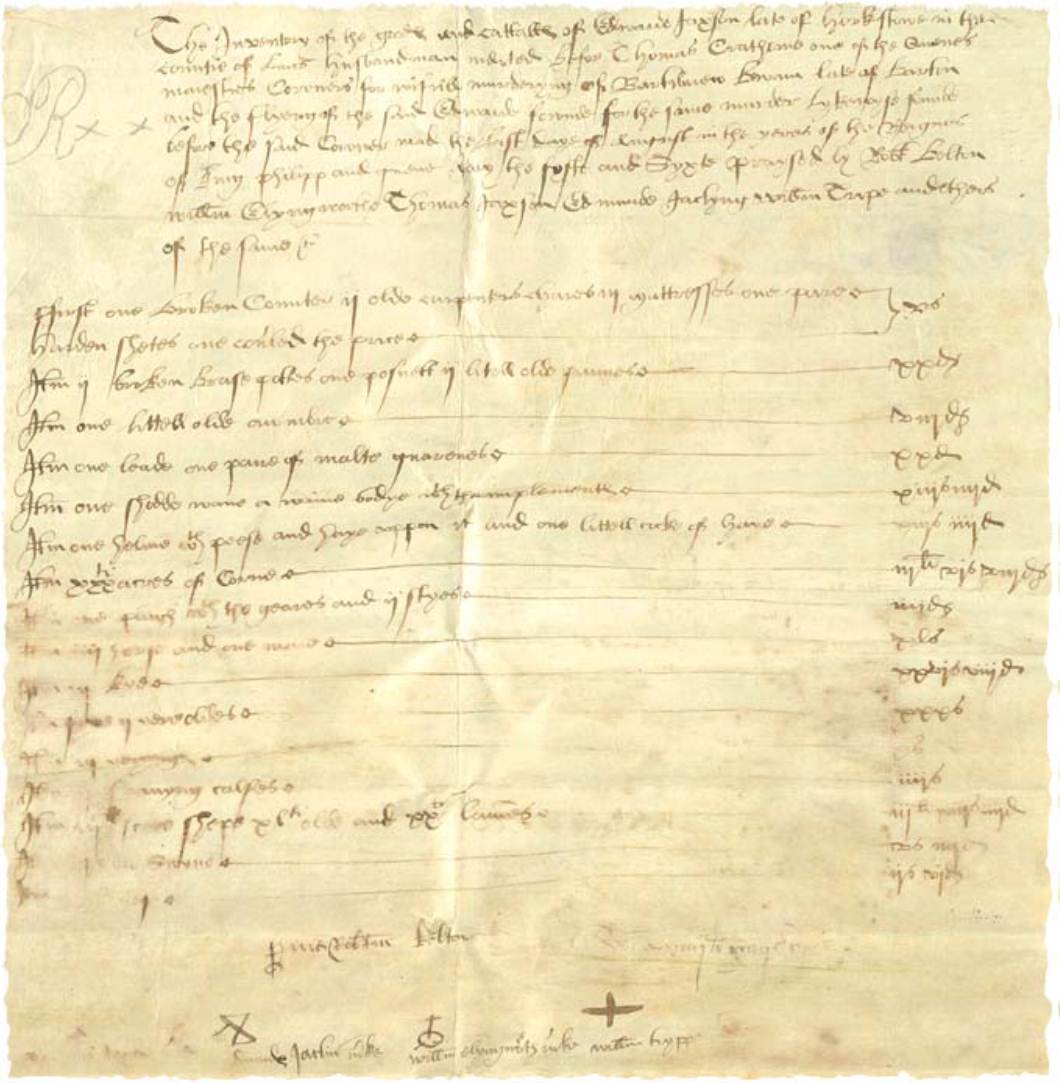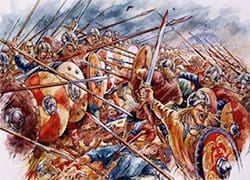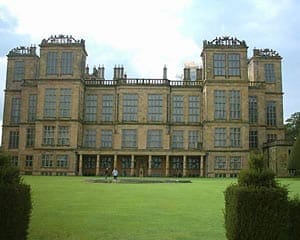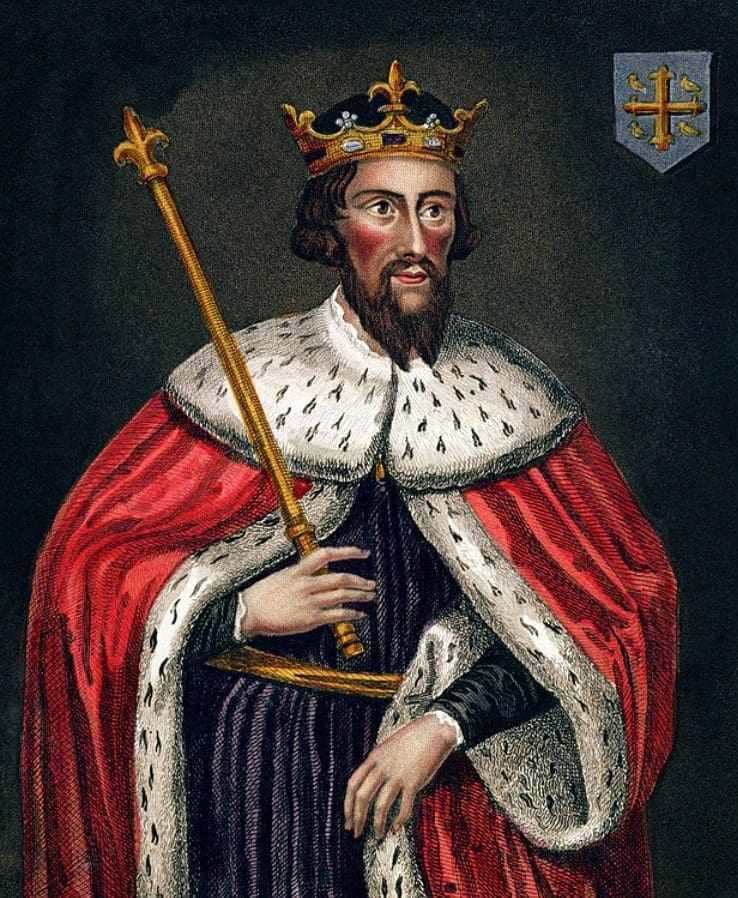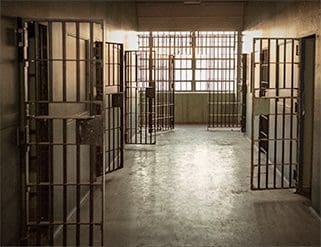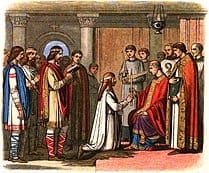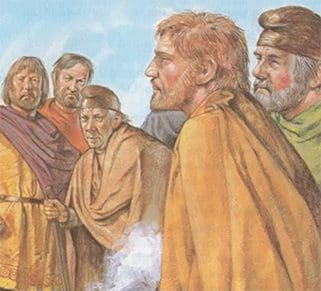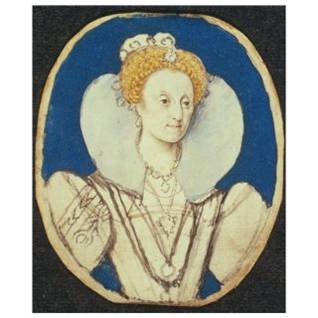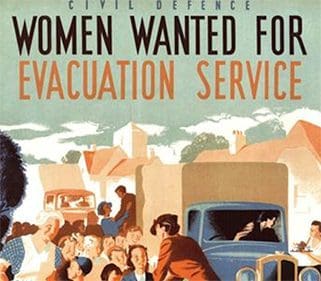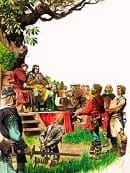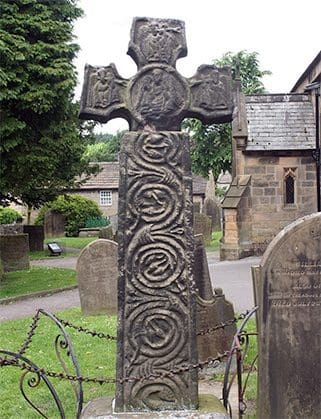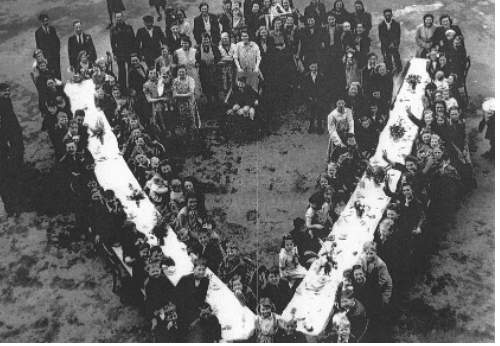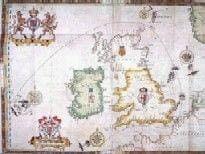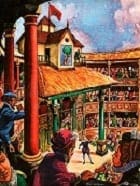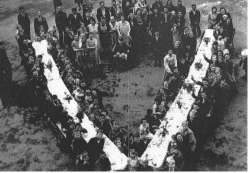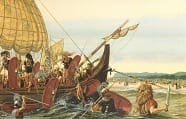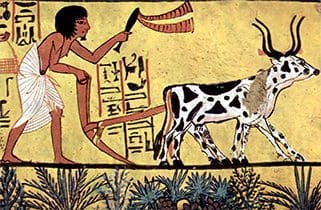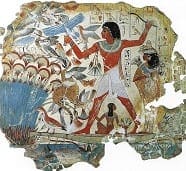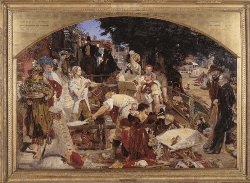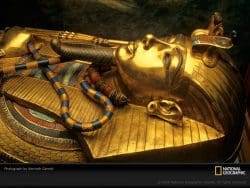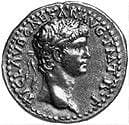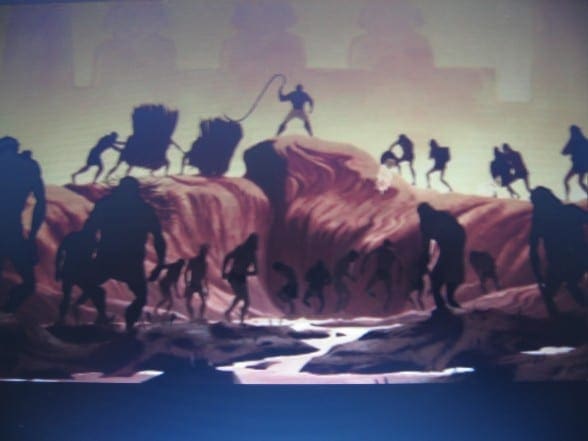Outstanding Lessons and smart tasks
Crime and punishment – KQ2 – What does the legend of Robin Hood tell us about medieval justice?
In the following activities, KS2 pupils learn: a. that medieval justice was loaded in favour of the rich and powerful;…
Read MoreWW2 – KQ2c – Extending the BBC website on Eric the evacuee
The BBC children’s history section has been in touch with the school asking for their help in extending their website…
Read MoreLife in Tudor Times – KQ1 – Henry VIII a question of interpretations. Could you spot Henry VIII in a police line-up?
This is a really fun lesson which shows children what is meant by historical interpretations in an engaging and accessible…
Read MoreAnglo-Saxons – KQ1b – Where did the early Anglo-Saxons live and how do we know? Bells and whistles
This ambitious but engaging lesson asks children to test some simple hypotheses about where the early Anglo-Saxons settled. They start…
Read MoreWW2 – KQ3 – How was Britain able to stand firm against the German threat?
This enquiry revolves around a central contemporary cartoon which encapsulates life on the Home Front and how it was geared…
Read MoreStone Age to Iron Age – KQ3 – What can we learn about life in the Stone Age from a study of Skara Brae?
Enquiry based lesson on images of the remains of buildings found from a study of Skara Brae, a stone-built Neolithic…
Read MoreWW2 – KQ3 additional information – Rationing
In order to prevent serious shortages, as early as 1936 the British Ministry of Food had begun to make plans…
Read MoreStone Age to Iron Age – KQ3 Supporting information – What can we learn about life in the Stone Age from a study of Skara Brae
More than 5,000 years ago, during the New Stone Age, Neolithic farmers and herders reached a group of islands to…
Read MoreLife in Tudor Times – KQ1 part 2 – Great starter on interpretations of Henry VIII
Working closely with academic authors, in this case Catherine Fletcher, always gives a fascinating insight into what historians want to…
Read MoreCrime and punishment – KQ3 – More of the same. How did crimes and punishments change between 1500 and 1750?
All you need for this lesson on Crime and Punishment 1500-1750 is to turn your classroom into an art gallery…
Read MoreAnglo-Saxons – KQ2 – The mystery of the empty Saxon grave
This highly engaging lesson places pupils in the role of detectives. After a short briefing they have to work out…
Read MoreStone Age to Iron Age – KQ4 – Why did they build Stonehenge?
Pupils are shown a video tour of the site and discover when, where, and how it was built. They speculate…
Read MoreStone Age to Iron Age – KQ4b – How should we remember the Bronze Age?
Pupils study finds from three separate Bronze sites, including them most recent excavations, to enable them to discover the main…
Read MoreCrime and punishment – KQ4 – Why did punishments become so bloody in the 18th century?
Pupils label their own copy of a motivating Hogarth print showing popular attitudes to public executions before explaining the puzzling…
Read MoreLife in Tudor Times – KQ2 – Why did Henry Break with Rome? Love or religion?
This KS2 history enquiry revolves around Henry VIII’s divorce and the break with Rome, one of the best-known stories in…
Read MoreWW2 – KQ4 – Curator’s dilemma. Which 8 objects should we show to explain how Britain coped with the effect of war on the Home Front?
In this activity pupils are cast in the role of local museum curators specializing in the commemorating and interpreting of…
Read MoreStone Age to Iron Age – KQ5 – What was life like in the Iron Age and how do we know?
Pupils speculate as to what holes in the ground shown in an aerial photograph might be, before annotating an artist’s…
Read MoreAnglo-Saxons – KQ3 – Coming of Christianity – How did people’s lives change when Christianity came to Britain and how can we be sure?
A series of smart tasks, rather than a full outstanding lesson. The first part of this two part session looks…
Read MoreCrime and punishment – KQ5 – Why did so much change happen in crime and punishment the 19th century?
Great range of activities including: generating enquiry questions about increase in crime from a line graph; explanation builder to work…
Read MoreLife in Tudor Times – KQ2 part 2 – the highs and lows of Catherine of Aragon
The context of this lesson was to explore the highs and lows of Catherine of Aragon as a lead up…
Read MoreWW2 – KQ4 – Britain during World War Two – Call My Bluff
This activity is designed to promote creative thinking as well as to deepen pupils’ understanding of the objects that are…
Read MoreStone Age to Iron Age – KQ5b – Dragons Den : Which technological development should our Iron Age settlement get next?
Set the scene. A group of the most important members of the Iron Age settlement have gathered to consider their…
Read MoreLife in Tudor Times – KQ2 part 3 – History and literacy – Making sense of a letter from Henry VIII to Anne Boleyn
OR 14 ways of telling this is a love letter. Pupils are given a copy of a letter from Henry…
Read MoreStone Age to Iron Age – KQ6 – Iron Age Hill Fort at Maiden Castle
Iron Age Crimewatch AD 50. Who killed the 52 dead bodies at Maiden Castle? Key Question 6 KS2 pupils…
Read MoreWW2 – KQ4 – Christmas for children on the Home Front during World War Two
This is not an outstanding lesson as such, more a collection of good ideas and support material to stimulate even…
Read MoreLife in Tudor Times – KQ3 – How different was life for people at different levels of society living in Tudor times?
This lesson features the lives of 4 different Tudor people as evidenced from a key document that they each have…
Read MoreAnglo Saxons – KQ4 – Anglo-Saxons struggle against the Vikings – How did the Vikings try to take over the country and how close did they get?
This task encapsulates the struggle between the Anglo-Saxons and the Vikings in an engaging way that really makes pupils think…
Read MoreAnglo Saxons – KQ4b – Alfred and Guthrum: 878 the year things changed
Following a lively, interactive and illustrated story-telling session, reinforced by a sequencing activity, pupils consider the reasons for Alfred’s success…
Read MoreLife in Tudor Times – KQ3 part 2 – Linking history with numeracy; a Tudor enquiry
More glass than wall? Is this a fair description of Hardwick Hall? And how do we find out? This SMART…
Read MoreAnglo-Saxons – KQ5 – Alfred the Great. How great was he?
In this outstanding lesson, pupils are asked to critique and then improve the BBC children’s website entry for Alfred the…
Read MoreCrime and Punishment – KQ6 – Enquiry – Has the way we catch and punish criminals improved in the last 100 years?
Having analysed a graph showing the way the prison population has risen so dramatically over the last 75 years, pupils…
Read MoreKeeping up to date with your teaching of Alfred the Great
The outstanding lesson on Alfred addresses the key question as to his greatness. Has it been exaggerated? You might like…
Read MoreAnglo-Saxons – KQ6 – How effective was Anglo-Saxon justice?
Pupils work in groups to create a series of short dramatic enactments, each of which illustrates a way of keeping…
Read MoreLife in Tudor Times – KQ4 – Elizabeth I portraits – why aren’t things what they seem?
This powerful lesson on Tudor portraits as propaganda gives pupils the chance to appreciate that things aren’t always what they…
Read MoreWW2 – KQ5 – Britain at war. The Home Front – Why is it so difficult to be sure what life was really like on the Home Front?
Why is it so difficult to be sure what life was really like on the Home Front? Two great tasks…
Read MoreAnglo-Saxons – KQ7 – Were Saxon times really ‘Dark’ Ages?
Pupils design a two-sided paper plate on which they record the arguments used in the debate about the ‘Darkness’ of…
Read MoreLife in Tudor Times – KQ4 part 2 – Get ready – the queen is coming!
This enquiry focuses on helping children to learn about the power and authority of Queen Elizabeth and to appreciate the…
Read MoreHow well do you and your pupils understand the Anglo-Saxons? Diagnostic Smart Task
This short activity contains a number of statements about the Anglo-Saxons (RS1) which can be used diagnostically. Some are correct:…
Read MoreWW2 – KQ6 – What was VE day really like? Advising the film producer
In this really varied lesson pupils are asked to offer first-rate historical advice to a film producer who is about…
Read MoreLife in Tudor Times – KQ5 – How was the Spanish Armada defeated by the smaller English fleet? Using a technique called Waiting room
This lesson works really well because the tension you build into the waiting room activity gets all the class involved…
Read MoreLife in Tudor Times – KQ6 – How did people enjoy themselves in Elizabethan England?
This KS2 enquiry comprises three outstanding activities: 6a. Advising the film director To imaginatively reconstruct the scene using a variety…
Read More10 things your pupils MUST know about the Anglo-Saxons
For many of you teaching the Anglo-Saxons will be something you are doing forte very first time. It is easy…
Read MoreWW2 – KQ6 Background information – What was VE Day really like?
8 May 1945 – VE (Victory in Europe) Day – was one that remained long in the memory of all…
Read MoreRoman Britain – KQ1 part 1 – From Caesar’s invasions to Claudius’ conquest
This first part of the first enquiry links to earlier work on the Iron Age and takes pupils from Julius…
Read MoreAncient Egypt – KQ1 – Launching the Enquiry. So you think you know about Ancient Egypt?
What can we quickly add to what we already know about Ancient Egypt? This way of starting should build on…
Read MoreAncient Egypt – KQ2 – How can we discover what Ancient Egypt was like over 5,000 years ago?
Pupils are invited to join an archaeological excavation, using slide 2-5 to set the scene. Before they can begin their…
Read MoreBeyond Face Value – KQ4 – Why did Ford Madox Brown paint this detailed picture of a scene that never existed?
This lesson revolves around a single painting entitled Work, painted by Ford Madox Brown between 1852 and 1865. Using Fastest…
Read MoreAncient Egypt – KQ3 part 1 – The opening of Tutankhamun’s tomb
The opening of Tutankhamun’s tomb: a brilliant reconstruction relay The activity that forms the basis of this lesson is called…
Read MoreRoman Britain – KQ1 part 2 – Why did the Romans invade Britain?
This lesson uses a variety of approaches including role play, decision-making, card sorts, hot seating and completing speech bubbles. The…
Read MoreAncient Egypt – KQ3 Part 2 – So who did build the pyramids? Did the Prince of Egypt film get it right?
This active lesson for Year 4 has been adapted from the one featured in the QCA Teacher Assessment Activities for…
Read More
